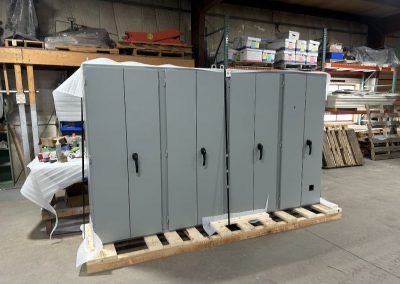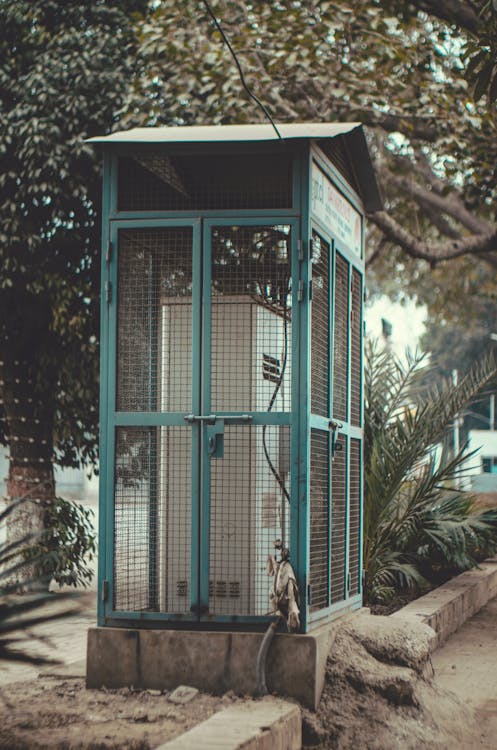Power Enclosures in Modern Electrical
Power enclosures are essential protective structures that house critical electrical equipment, ensuring both safety and longevity of the components within. These enclosures are used across a wide range of industries, including energy production, manufacturing, and commercial sectors, offering protection against environmental elements, physical damage, and electrical hazards. The need for power enclosures arises from the increasing complexity of electrical systems and the need to maintain their functionality in challenging environments.
A power enclosure serves as a barrier between electrical equipment and external conditions such as dust, moisture, heat, and mechanical stress. Built from durable materials like stainless steel, aluminum, or galvanized steel, power enclosures are designed to withstand corrosion, rust, and extreme weather conditions. This is especially important for outdoor installations, where electrical components are exposed to rain, wind, and dirt, as well as temperature fluctuations that can lead to equipment malfunctions.
Besides offering physical protection, power enclosures are also crucial for ensuring electrical safety. They help prevent accidents like electric shocks or short circuits by providing a secure, insulated environment for electrical components. Many enclosures are equipped with features like lockable doors, which prevent unauthorized access, as well as ventilation systems to regulate the internal temperature and prevent overheating. In addition, some enclosures have fire-resistant properties, which help minimize the risk of electrical fires, an important consideration in high-risk environments like power plants or industrial settings













